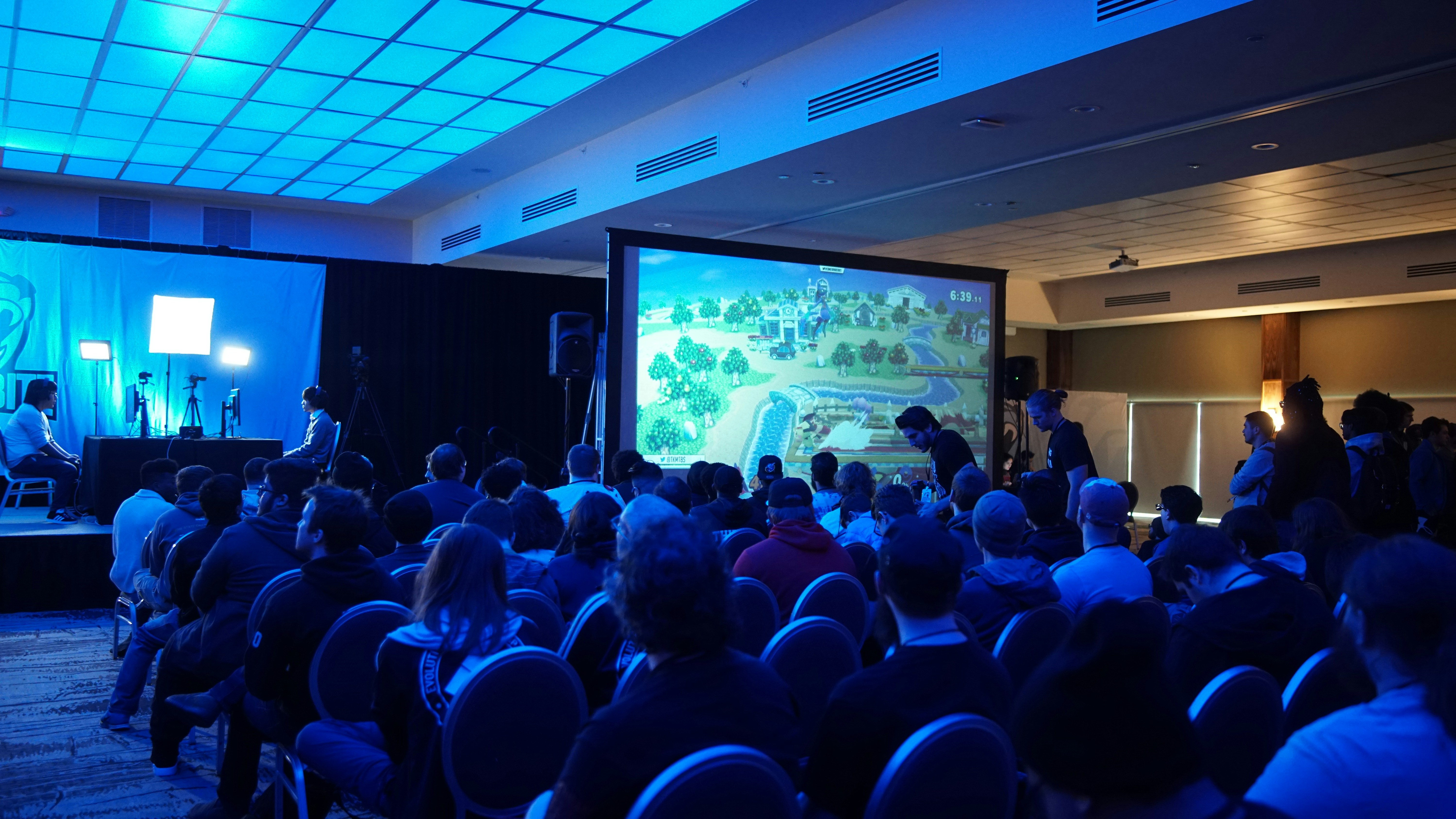Human-Centered Design™ is Bullshit
Pentagram partner and award-winning designer Natasha Jen created quite a stir when she confidently announced to the world in June 2017 that ‘Design Thinking was Bullshit’.

Human-Centered Design™ is Bullshit
*October 2020 update: thanks for the thousands of reads! This article is a critique of the tool-kit approach to designing from my days in industry. For those of you coming here to read about decentering the human from the design process and advocacy for futures in which both people and nature thrive, I wrote about these topics in Speculations on the future of Design and Speculative BioCities.
Pentagram partner and award-winning designer Natasha Jen created quite a stir when she confidently announced to the world in June 2017 that ‘Design Thinking was Bullshit’.
Remember. Just a couple of years prior Jen’s keynote, Design Thinking was the talk of the town thanks to, amongst other things, a cover on the influential Harvard Business Review. Countless companies were investing large sums of money to transform their organisations through design—comforted by an enticing 211% return on investment over the S&P 500 for companies that dared to make design a priority.
In the midst of this design frenzy, there she was, a respected designer, announcing that Design Thinking was a mere by-product of bovine digestion. Jen’s critique was fairly simple. In a sharp and witty 13 minutes denunciation, she pointed at the lack of design critique within Design Thinking practices.
Design critiques — or crits — are a cornerstone of design practices; and it would be difficult to assess the relevance or value of any design proposition without them. Empirical and discursive rather than logical and terse, they push designers to answer the ultimate and only valid question: why?
As Jen tells us, why do we need Design Thinking to identify the need for cartoon characters-covered walls in hospital environments so that sick kids feel less anxious when receiving treatment? Please let this question sink in.
Why would you rush a room full of expensive stakeholders through a series of often shallow activities, to surface solutions so ubiquitous that any five-minute brainstorm amongst said stakeholders would have sufficed to achieve similar results? Engagement? Cross-functional collaboration? Team forming? Is Design Thinking a simple band-aid to a leadership crisis then? And if Leadership is in crisis, where would that lead us?
By this stage, you may be somewhat curious or totally offended but let’s dig a little further. Design Thinking. Literally to think like a designer. Is Design Thinking a logical and linear process that one goes through thanks to a series of immutable tools and methods? Or is it a free-flowing creative practice where one needs to hone on skills such as design research, creativity—i.e., linking up ideas whose connection was not previously suspected—abstraction, and communication design to conceptualise the new?
Is there no design thinking when designing a chair, a garment, or a space?

By extrapolation and because design is also its thinking, could design be bullshit too? I don’t believe a single person would agree with this statement — but Design Thinking as a pre-packaged toolkit, or Design Thinking™, surely is.
Tools, frameworks and processes are reductive by nature and only exist to extract or convey complexity. They help to facilitate a conversation between designers and the people they are designing with and for. But when design is reduced to a set of tools and frameworks design suffers.
Finally, and if we are true to ourselves, we should just admit that describing the early phases of design from brief to reverse brief through an apparent pre-packaged tool-kit was simply a clever strategic move to articulate the value of design to non-designers, and receive monies for something that was traditionally delivered for free. The problem is — like with everything — when things get popular their execution diverge and quality varies.
Now replace Design Thinking with Human-Centered Design, Service Design or any type of design for that matter, and the conversation remains unchanged. Are Human-Centered Design and Service Design bullshit? No. But HCD™ and Service Design™ surely are. Design is first and foremost contextual, and no two projects warrant the same methodology.
How do you think about design?
Dr Olivier Cotsaftis is a post-disciplinary designer navigating the spaces between presents, futures, fictions, and realities. At RMIT University School of Design, his research addresses socio-ecological innovation in more-than-human heterotopias. Ollie is also the founder and creative director of future ensemble studio and the co-founder of Speculative Futures Melbourne — the Melbourne Chapter of The Design Futures Initiative. Most recently, Ollie joined the editorial board of Research Methods: Biotechnology Design (Cambridge Press, UK).
.png)



